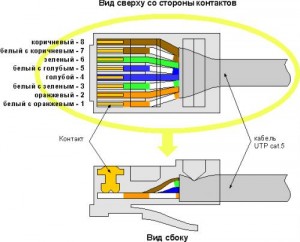Install the necessary packages:
sudo apt-get install slapd ldap-utils
During the installation, you will be prompted for a password for the admin user.
Reconfigure the slapd package:
sudo dpkg-reconfigure slapd
We will test the LDAP connection (should display “anonymous”):
ldapwhoami -H ldap:// -x
To manage LDAP, set up the web interface phpLDAPadmin:
sudo apt-get install phpldapadmin
To open the web interface phpLDAPadmin, type in the browser http://example.com/phpldapadmin, where instead of example.com, specify your domain.
On the opened page we will enter the password which was specified at installation, and where the login:
cn=admin,dc=example,dc=com
Restart example:
sudo /etc/init.d/slapd start
